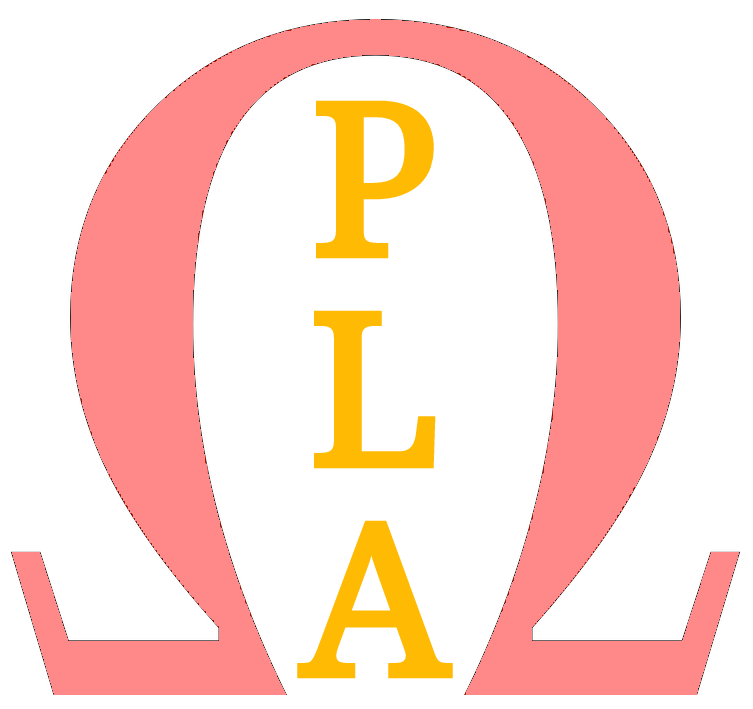How to Ask Questions in French: Formal and Informal Methods
Asking questions is one of the most essential skills when learning a new language. Whether you’re a beginner or an advanced learner of French, knowing how to ask questions properly can help you navigate conversations with ease. But here’s the tricky part: French has both formal and informal ways of asking questions, and choosing the right one depends on context. Do you need to sound polite in a business meeting, or are you just chatting with friends? Understanding these nuances can make all the difference in how you communicate.
In this guide, we’ll explore the various ways to ask questions in French, from everyday casual speech to more refined and professional settings. We’ll cover different question structures, key phrases, and common mistakes to avoid. By the end of this article, you’ll feel more confident when asking questions in any situation!
1. The Three Main Ways to Ask Questions in French
French has three main ways to form questions:
Raising your intonation (Informal) – Simply making your voice go up at the end of a statement.
Using "Est-ce que" (Neutral/Formal) – A standard way to form questions in both casual and professional settings.
Inverting the subject and verb (Formal/Written) – The most grammatically structured method, often found in formal speech or writing.
Let’s break down each method with examples and when to use them.
2. Raising Your Intonation: The Informal Way
This is the easiest and most natural way to ask questions in spoken French, especially in informal settings. All you have to do is say a regular statement and raise your voice at the end.
✅ Examples:
Tu aimes le chocolat ? (Do you like chocolate?)
Elle va au cinéma ? (Is she going to the cinema?)
On part bientôt ? (Are we leaving soon?)
When to Use It:
In casual conversations with friends and family
When speaking quickly and informally
🚨 Things to Keep in Mind:
This method is NOT recommended in formal writing or professional situations.
The subject pronoun stays in place (no need to invert the word order).
3. Using "Est-ce que": The Neutral and Polite Approach
If you want to sound polite but still keep things relatively simple, Est-ce que is your best friend. It’s placed at the beginning of a sentence and means something like “Is it that…?” in English.
✅ Examples:
Est-ce que tu aimes le chocolat ? (Do you like chocolate?)
Est-ce qu’elle va au cinéma ? (Is she going to the cinema?)
Est-ce que vous parlez français ? (Do you speak French?)
When to Use It:
In formal and semi-formal situations
When speaking politely to strangers, teachers, or colleagues
When writing questions in an email or letter
🚨 Things to Keep in Mind:
If the next word starts with a vowel, "que" contracts to qu' (e.g., Est-ce qu’il instead of Est-ce que il).
4. Inversion: The Formal and Elegant Method
Inverting the subject and verb is the most grammatically complex way to ask questions in French. It’s commonly used in formal writing, literature, and official speeches.
✅ Examples:
Aimes-tu le chocolat ? (Do you like chocolate?)
Va-t-elle au cinéma ? (Is she going to the cinema?)
Parlez-vous français ? (Do you speak French?)
When to Use It:
In written French (books, newspapers, formal emails)
In very formal speech (presentations, debates, interviews)
When you want to sound extra refined
🚨 Things to Keep in Mind:
If the verb ends in a vowel and the subject pronoun starts with a vowel (il, elle, on), insert -t- in between for smooth pronunciation:
A-t-il fini son travail ? (Has he finished his work?)
Va-t-elle venir ce soir ? (Is she coming tonight?)
5. Using Question Words in French
To make your questions more specific, you can add question words (qui, que, quand, où, pourquoi, comment, combien). Let’s see how they work with different question structures.
EnglishInformal (Intonation)Neutral (Est-ce que)Formal (Inversion)Who?Tu as vu qui ?Est-ce que tu as vu quelqu'un ?Qui as-tu vu ?What?Tu fais quoi ?Qu’est-ce que tu fais ?Que fais-tu ?When?On part quand ?Est-ce qu’on part bientôt ?Quand partons-nous ?Where?Il va où ?Où est-ce qu’il va ?Où va-t-il ?Why?Tu pars pourquoi ?Pourquoi est-ce que tu pars ?Pourquoi pars-tu ?How?Tu fais ça comment ?Comment est-ce que tu fais ça ?Comment fais-tu ça ?How much/many?Ça coûte combien ?Combien est-ce que ça coûte ?Combien coûte-t-il ?
6. Common Mistakes to Avoid
Mixing up "Est-ce que" and inversion
❌ Est-ce que parlez-vous français ?
✅ Est-ce que vous parlez français ? OR Parlez-vous français ?
Using inversion in casual speech
❌ Manges-tu souvent ici ? (Too formal for a friend)
✅ Tu manges souvent ici ? (More natural)
Forgetting "-t-" in inversion with vowels
❌ A il un chien ?
✅ A-t-il un chien ?
7. Final Thoughts
Asking questions in French isn’t as difficult as it seems once you understand the different levels of formality. Here’s a quick recap:
Use intonation for informal speech.
Use "Est-ce que" for neutral and polite conversations.
Use inversion for formal settings.
Add question words to make your questions clearer.
Now that you know the different methods, try practicing them in different situations. Next time you're in a French conversation, challenge yourself to switch between informal and formal ways of asking questions!
What’s the trickiest part of asking questions in French for you? Let us know in the comments below! 🇫🇷

